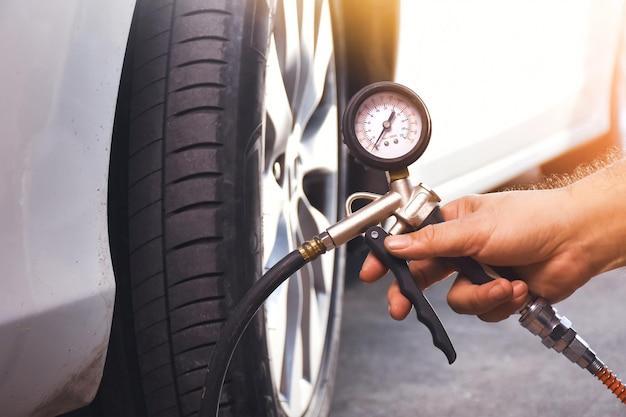Are you in the market for new wheels, but feeling overwhelmed by the variety of options and measurements? Fear not – I’m here to guide you through the process of wheel measurement and help you find the perfect match for your needs.
Whether you’re a car enthusiast, a cycling aficionado, or simply in need of a new set of wheels for your luggage, understanding wheel measurements is essential to making the right choice. So let’s roll into the world of wheel measurements together!
What Is Wheel Measurement?
Wheel measurement refers to the various dimensions and specifications used to describe wheels, ensuring compatibility and functionality for different vehicles and purposes.
Understanding the Key Wheel Measurements
Diameter
– The diameter of a wheel is the distance across its central point, typically measured in inches for automotive and bicycle wheels.
Width
– The width of a wheel refers to the distance between its inner and outer edges. For some contexts, such as automotive wheels, this is usually measured in inches as well.
Bolt Pattern
– The bolt pattern indicates the number of bolts on a wheel and the diameter of the circle they form.
Offset
– The offset is the distance between the wheel’s mounting surface and the center line. It’s crucial in determining how the wheel will fit within the wheel well of a vehicle.
How to Measure Wheels
Automotive Wheels
– Use a tape measure to determine the diameter and width of the wheel. The bolt pattern can be measured by determining the distance between the centers of opposite bolts.
Bicycle Wheels
– Bicycle wheel measurement involves knowing the diameter and width, and also the tire size, which is usually marked on the sidewall of the tire.
Luggage Wheels
– When it comes to luggage wheels, measurements are typically based on diameter and sometimes width.
Why Wheel Measurement Matters
Understanding wheel measurements is crucial for several reasons:
– Compatibility: Ensuring that the wheels you choose are compatible with your vehicle or equipment.
– Performance: Proper wheel measurements can directly impact the performance and handling of a vehicle or the usability of equipment.
– Safety: Using wheels that meet the correct measurements is vital for safe operation.
Choosing the Right Wheels for You
When selecting wheels, consider the following factors in relation to wheel measurements:
– Usage: Determine the purpose for which the wheels will be used, whether it’s for everyday commuting, off-road driving, or heavy-duty towing.
– Compatibility: Ensure that the wheels’ measurements align with the requirements of your vehicle or equipment.
– Style: Beyond the technical measurements, consider the aesthetic appeal and style of the wheels to complement your vehicle or luggage.
Conclusion
Navigating the world of wheel measurements doesn’t have to be daunting. Armed with the right knowledge and understanding of wheel measurements, you can confidently choose the perfect wheels for your needs. Whether it’s for your car, bike, or luggage, being informed about wheel measurements empowers you to make the best decision.
So, when it’s time to roll out and revolutionize your ride, you’ll know just what to look for in the perfect set of wheels!


